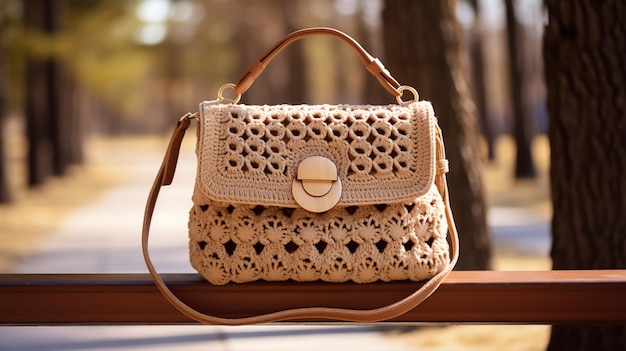
Little did I know that I was about to get duped. Although everything looked home about the Louis Vuitton bag, I quickly realized that it was, in fact, a fake bags. The material that it was made from was a poor imitation of the original canvas and the monogram was off-centre, with crooked merges all over it. I was about to leave the store and demand for a refund when I saw a salesperson gazing at me. I was immediately embarrassed that I was scammed.
I was so foolish to have fallen for such an obvious scam. I felt so naive, giving in to my greed and desire instead of my sense. But, when I started to feel hopeless, I clung onto inspiration from the fact that I’d escaped being conned even more. I had done some research on the bag I’d intended to buy and knew exactly what it would have cost me, so I didn’t get fleeced with a completely fake item. Instead, I’ve learnt a valuable lesson about trusting my gut.
I started to inform myself on how counterfeiting works and which brands and stores I should be more alert to. I now have a better sense of how to detect the signs of a fake bag. I know to look carefully at the Material stamps, to avoid buying from unknown stores, and to stay away from deals that are too good to be true.
Going forward, I remain determined to save up and buy something that I truly believe in. I want to make a conscious effort to own a bag that is not fake but has the quality and prestige that comes with authenticity. I have even started to make a wishlist of the replica bags I aspire to own someday, so that I remain motivated.
I also vowed not to give in to overspending my budget on items that I’m unsure of. I want to invest my money worthwhile and not just blow it away. Furthermore, I believe it is important to take extra caution and do research beforehand when it comes to big purchases such as a designer bag.
Getting duped by the fake bag has also taught me a lesson on being resourceful. I now strive to seek out better deals, like discounts and sales or second hand shops. Being a smart shopper often requires you to use your resources and be mindful of your spending.
Besides being cautious when it comes to shopping, I try to spot the distorted features of counterfeit items when looking around stores. I’ll take my time to inspect the items closely, always keeping an eye out for details like tags, materials, and stitching that can separate real from fake bags.
I also try to foster relationships with trustworthy stores. Becoming a loyal customer and getting to know the staff helps a lot when trying to avoid getting duped. I have even found that salespeople are often eager to share advice on how to differentiate between genuine and counterfeit items, as well as receive feedback on their merchandise.
In addition to taking more time to inspect items, I like to make sure that I’m buying from a reliable source. I now browse online stores who have great reviews, and when I’m shopping in brick-and-mortar stores, I check for signs of authenticity, such as tags and logos. Doing this has helped me stay away from any potential fakes that might have ended up in the store.
Finally, I’ve become more diligent when I shop. I remember that even if something looks real at first glance, I should still take the time to investigate it before I spend my money. This means studying patterns, checking out materials and labels, and being mindful of prices. After all, nothing beats being vigilant and informed.
